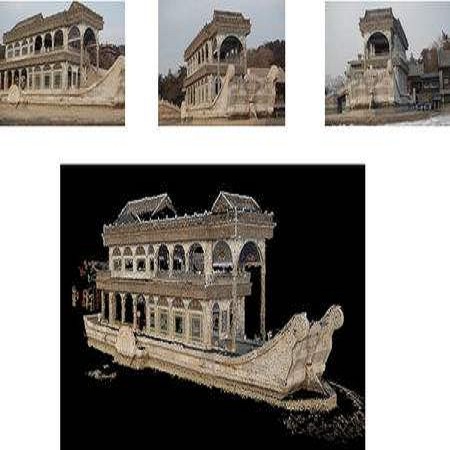3D reconstruction of deformable (or non-rigid) scenes from a set of monocular 2D image observations is a long-standing and actively researched area of computer vision and graphics. It is an ill-posed inverse problem, since--without additional prior assumptions--it permits infinitely many solutions leading to accurate projection to the input 2D images. Non-rigid reconstruction is a foundational building block for downstream applications like robotics, AR/VR, or visual content creation. The key advantage of using monocular cameras is their omnipresence and availability to the end users as well as their ease of use compared to more sophisticated camera set-ups such as stereo or multi-view systems. This survey focuses on state-of-the-art methods for dense non-rigid 3D reconstruction of various deformable objects and composite scenes from monocular videos or sets of monocular views. It reviews the fundamentals of 3D reconstruction and deformation modeling from 2D image observations. We then start from general methods--that handle arbitrary scenes and make only a few prior assumptions--and proceed towards techniques making stronger assumptions about the observed objects and types of deformations (e.g. human faces, bodies, hands, and animals). A significant part of this STAR is also devoted to classification and a high-level comparison of the methods, as well as an overview of the datasets for training and evaluation of the discussed techniques. We conclude by discussing open challenges in the field and the social aspects associated with the usage of the reviewed methods.
翻译:3D 从一组单眼 2D 图像观测中重建变形(或非硬化)场景是一个长期存在且积极研究的计算机视觉和图形领域。 这是一个错误的反向问题,因为没有额外的先前假设-它允许无限多的解决方案导致对输入 2D 图像进行准确投影。 非硬化重建是机器人、AR/VR 或视觉内容生成等下游应用的基础构件。使用单眼相机的主要优点是其无孔不入和可供最终用户使用,以及与立体或多视系统等更先进的相机组合相比,它们易于使用。这项调查侧重于对各种变形物体和复合场进行密集非硬化重建的先进方法,从单眼视频或一组单眼图像生成的组合。它审查3D 重建和变形模型的基本要素,从2D 图像观测开始。然后我们从一般方法开始,处理任意场景,并且仅对前几处的假设和前方进行更精确的实地技术评估,如立体或多面的高度技术,对S-D 进行更精确的物体和高层次分析。



